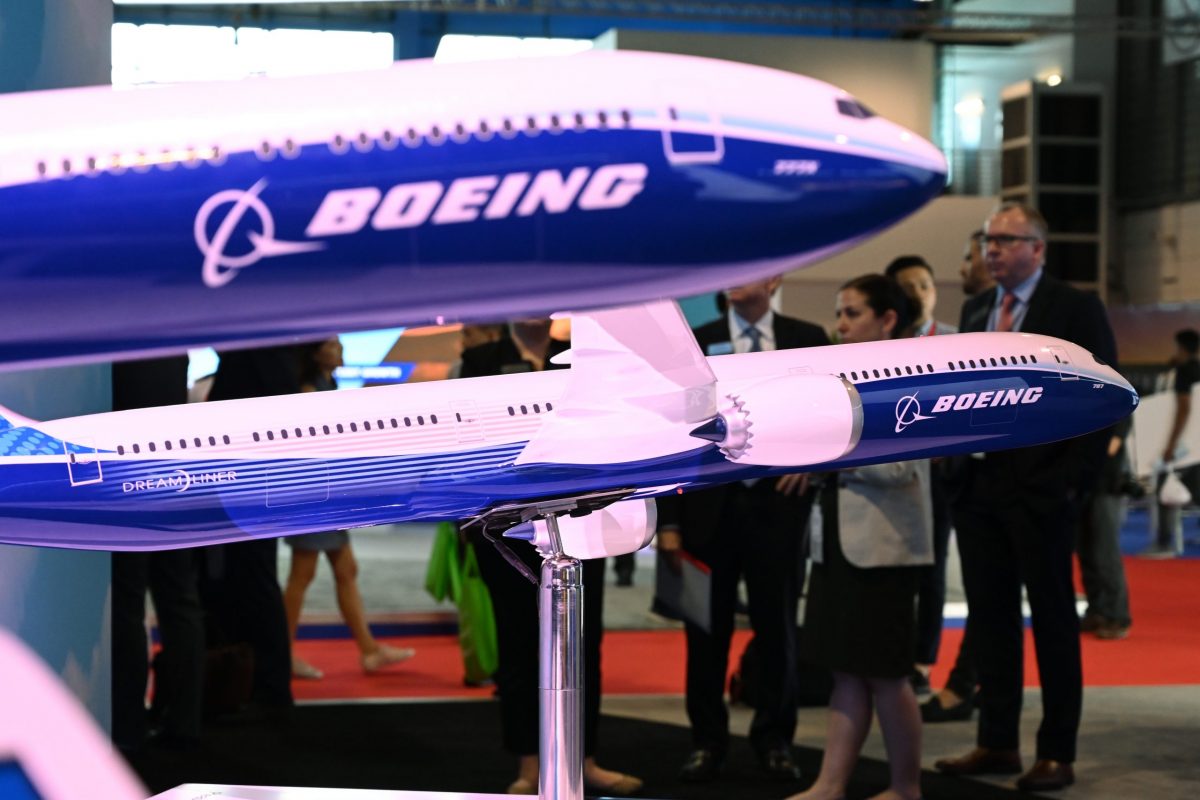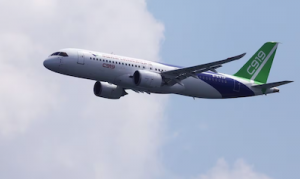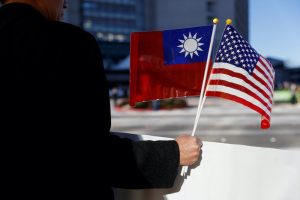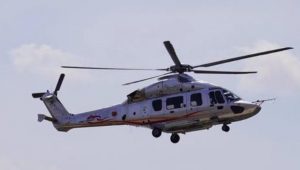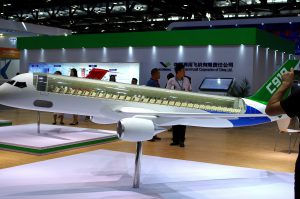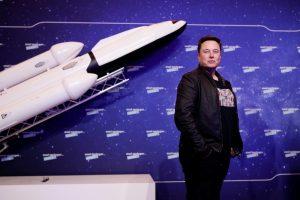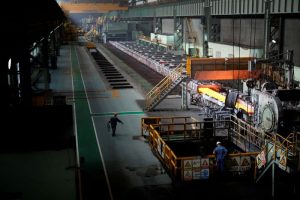(ATF) Boeing Co on Wednesday urged Joe Biden’s administration to keep human rights and other disputes separate from trade relations with Beijing, and warned that European rival Airbus would gain if the US aircraft manufacturer was locked out of China.
Boeing and Airbus each sell about a quarter of their jetliners to China, which has edged past the US as the world’s largest domestic travel market.
“I think politically [China] is more difficult for this administration and it was for the last administration,” Chief Executive Dave Calhoun told an online business forum. “But we still have to trade with our largest partner in the world: China.”
Noting multiple disputes, Calhoun added: “I am hoping we can sort of separate intellectual property, human rights and other things from trade and continue to encourage a free-trade environment between these two economic juggernauts.”
Chief executive Dave Calhoun told an online business forum he believed a major aircraft subsidy dispute with Europe could be resolved after 16 years of wrangling at the World Trade Organisation, but contrasted this with the outlook on China.
Boeing began to face questions over its share of the Chinese market as the US and China waged an 18-month trade war under then-President Donald Trump, though China’s jet purchases have slowed across the board in recent years.
XINJIANG ROW
Beijing increasingly also faces tensions with the West over its treatment of ethnic and religious minorities in Xinjiang. President Joe Biden last month warned China would face “repercussions” for human rights abuses and said Washington would reassert its global role in speaking up on such issues.
China rejects US charges it has committed genocide against Uighur and other Muslims in the remote western region, where activists say more than 1 million people are held in internment camps.
Beijing has warned foreign companies not to step into political debates, a policy underscored this week by a row with Swedish retail chain H&M over Xinjiang-sourced cotton.
Boeing’s most pressing concern in China, analysts say, include the fate of its 737 MAX passenger jet, which was grounded worldwide for almost two years after two fatal crashes.
Before the Covid-19 pandemic decimated air travel, the MAX’s absence was straining affected operators.
The grounding pulled 387 aircraft from the global fleet and halted delivery of 470 more that Boeing built and put into storage.
REAPING BENEFITS
But airlines are steadily adding the aircraft to their flight schedules as regulators lift their bans on the model, paving the way for operators to shift focus from reassuring hesitant customers to reaping the benefits of more efficient assets.
US regulators approved the jet to fly again in November 2020, a decision followed by Europe and major markets apart from China, whose regulator continues to voice major safety concerns.
China has promised a “step-by-step” approach towards approving the plane, but Western industry sources say concerns are growing that the technical process could become mired in the growing diplomatic standoff between Beijing and Washington.
Boeing’s brand value has been severely affected by the MAX saga, the discovery of flaws late last year in its 787 Dreamliner aircraft, and the continuing effects of border closures and lockdowns that have all but stopped air travel.
The Brand Finance Global 500 report this month showed Boeing’s brand value plunged by 40% to $13.6 billion, the third-largest drop globally. Aerospace and airline brands account for six out of the 10 fastest-falling brands.
Boeing has also faced tough competition from the Airbus A321, which is outselling its 737-9 and 737-10.
With reporting by Reuters




